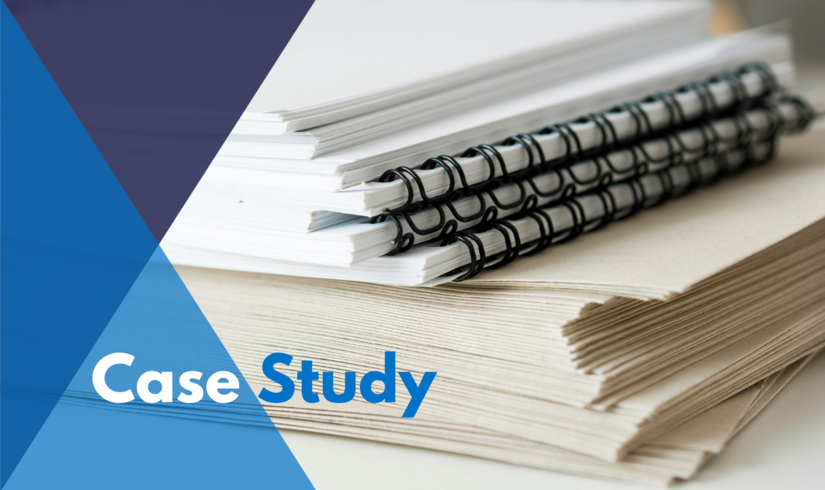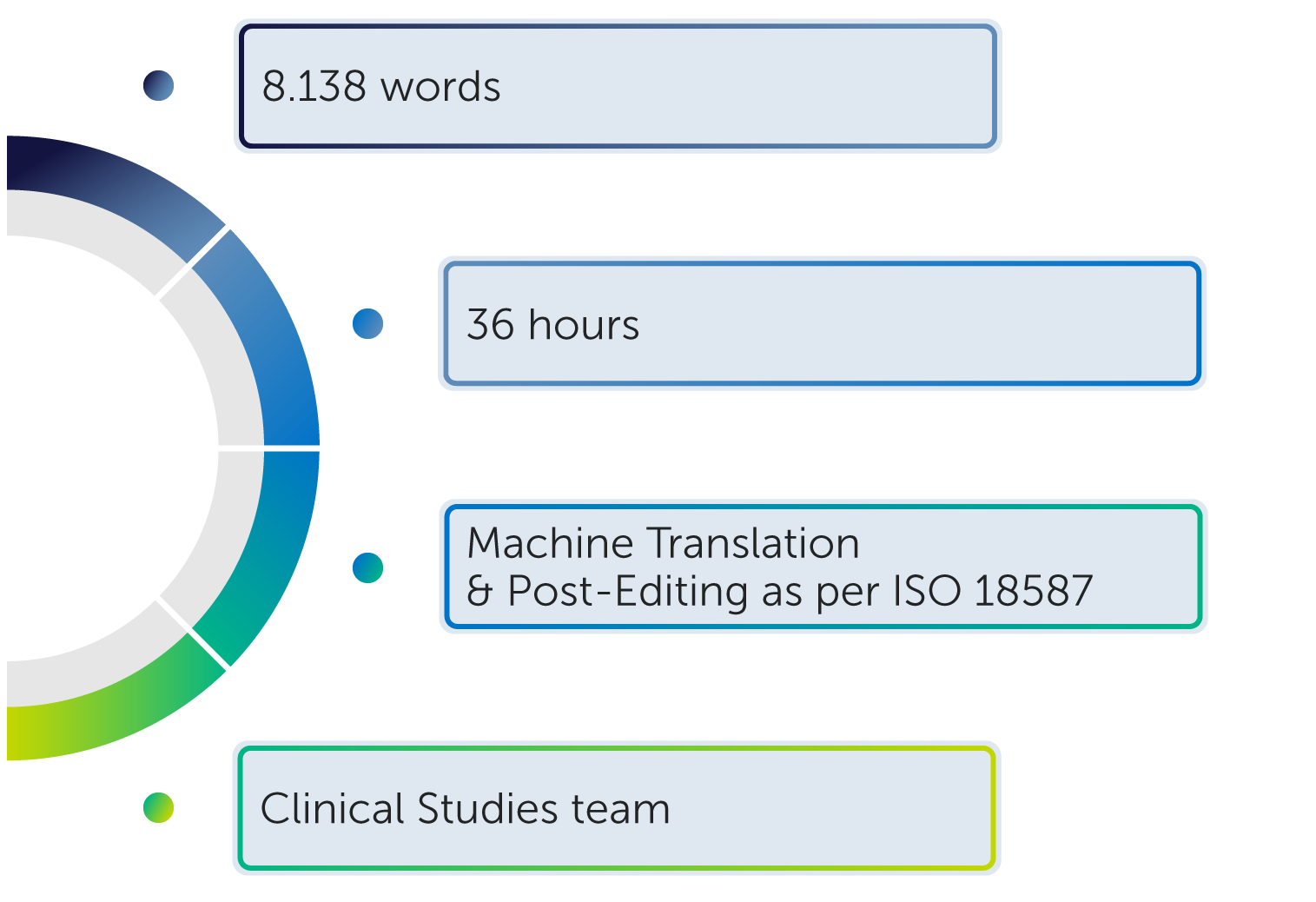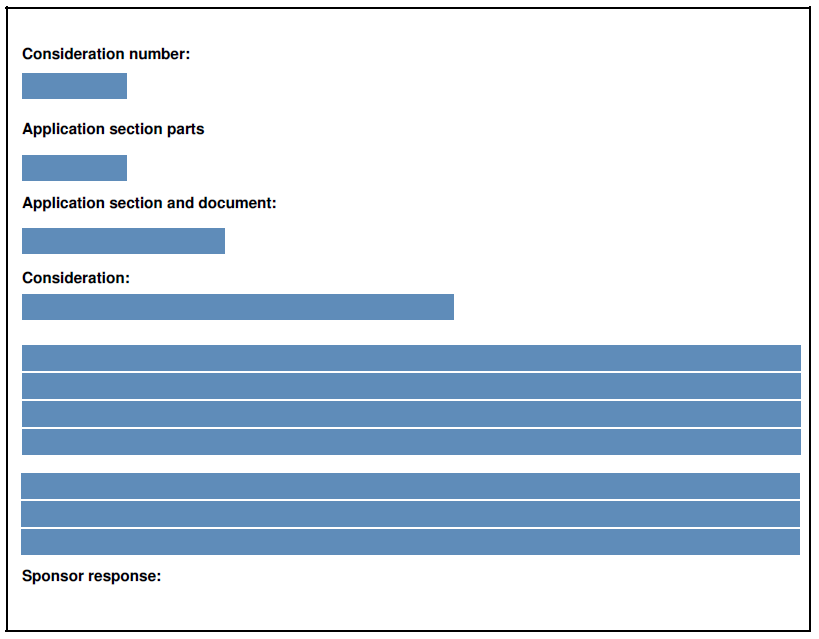Case Study: 8,000 words in 36 hours

Translations need time – depending on the length of the text, this can take several days or even weeks. But in the case we are presenting today, time is exactly what we didn’t have. Fortunately, our project managers find the right solutions for our customers, even in situations that first seem hopeless. For a project of the Clinical Studies team, an RFI document (Request for Information) with over 8,000 words from CTIS was translated from French into English using machine translation for a CRO (Contract Research Organization or Clinical Research Organization). What’s more, this was done within the space of just 36 hours between approval of the quote and delivery.
The customer has been a regular of the Clinical Studies team since 2022. In this time, over 800 projects have been carried out together. mt-g has already been providing services for two subsidiaries since 2012 and 2015.

The request
Project Manager Yana Safina received an urgent request one afternoon for translation and revision as per ISO 17100. The document involved a bilingual RFI document from CTIS, the communication portal of the European Medicines Agency (EMA for short). The project volume was 8,138 words. Based on Times New Roman, font size 12, this corresponds to about 14 fully written DIN A4 pages. The customer’s requested delivery deadline for the French to English translation was two days. A translation in accordance with ISO 17100 is recommended for RFI documents, but not mandatory under legal or regulatory requirements.
The challenge
To successfully implement the project, several factors had to be considered and solutions found that met the customer’s requirements.
1. Time pressure
Translating a text with a volume of 8,000 words within two days as per ISO 17100 cannot be achieved without a loss of quality. When using a human translator with subsequent review by a second translator, the translation takes six to seven days. However, the customer needed the translation delivered in just two days.
2. Resources
RFI documents from CTIS have specifications that also need to be considered for the translation. Because of this and owing to the requirements of ISO 17100, the choice of available translators was severely limited due to the tight deadline.
3. Specific format for the file
The structure of RFI documents is specified by a template from CTIS. Furthermore, the documents can only be filled out directly on the platform. This means that texts that have to be translated must also firstly be entered in the template in CTIS. They can then be exported as PDF files from CTIS.
The template itself is in English, but the text entered (hidden in blue here) can be submitted in any European language. These texts for this project were in French.

To translate a PDF file, it firstly has to be converted to an editable format, preferably Microsoft Word. During conversion, the headers from CTIS (e.g., “Consideration Number” or “Application section part”) are automatically converted and then imported into the CAT tool together with the variable form contents. Since the headers were to remain in English, they had to be left out of the calculation and the translation process. This added an extra step in preparing the translation.
4. Quoting the original text in the translation
An RFI document is divided into various “considerations”. Considerations are comments by the EMA. For such a consideration, the French original text had to be quoted and the English translation given in parentheses. In this case, too, corresponding adjustments had to be made in the CAT tool so that reference could be made to the French original text, while also making it clear which passages came from the original document and which were the translations.
5. Process
Since it was this customer’s first project with machine translation, there was no standard process in place for machine translation and post-editing as per ISO 18587.
The solution
After in-depth discussions with the customer, a joint decision was made to implement the project using machine translation, followed by full post-editing as per ISO 18587. Full post-editing ensures that no loss of quality can be detected compared to a human translation in accordance with ISO 9001.

The areas of application for machine translation are constantly increasing – even in the field of clinical trials. What’s important is to always consider which projects are suitable for machine translation and that the texts are post-edited as per ISO 18587. We work closely with our customers when discussing the translation options and project schedule so as to deliver the best possible result.
Yana Safina
Yana Safina, the project manager responsible for the project, proceeded as follows when finding the solution: She first checked the possible workflows for the translation with regard to the type of document, the volume of text, and the tight deadline. Three possible scenarios were available:
1. Human translation with express surcharge
Since the volume of text could not be handled by a single translator within two days, she rejected this option.
2. Partitioned human translation
A partitioned translation involves splitting the text across several translators. However, since this can result in inconsistencies within the translation, thus requiring considerably more time for the subsequent revision, this option was also rejected.
3. Machine translation and post-editing as per ISO 18587
After an internal expert checked the text thoroughly for suitability for machine translation, this option was offered to the customer. Machine translation including post-editing as per ISO 18587 corresponds to the quality of a translation as per ISO 9001.
In the second step, the three options were discussed with the customer, who then approved machine translation using a cloud-based engine. While Yana Safina selected and assigned a suitable post-editor from mt-g’s pool of qualified translators, the Translation & Localisation Engineering team took care of technically preparing the project in the next step. This included importing the English template of the RFI document into the CAT tool so that the English headers could be left out of the translation and calculation. The machine translation was then able to start in the CAT tool via a cloud-based engine. Finally, a post-editor reviewed the text in accordance with the requirements of ISO 18587.
The result
The translation project with a total of 8,000 words was able to be implemented in the specified time using machine translation and subsequent post-editing. In addition to the time savings, the customer also had cost savings of 35 percent compared to human translation as per ISO 17100. Thanks to optimal technical preparation, the requirements for RFI documents from CTIS could also be met, and the project was implemented to the customer’s utmost satisfaction.
The customer’s top priority was a speedy delivery. I am thrilled that we were able to fulfill this request, and I am looking forward to the next challenge.
Yana Safina


